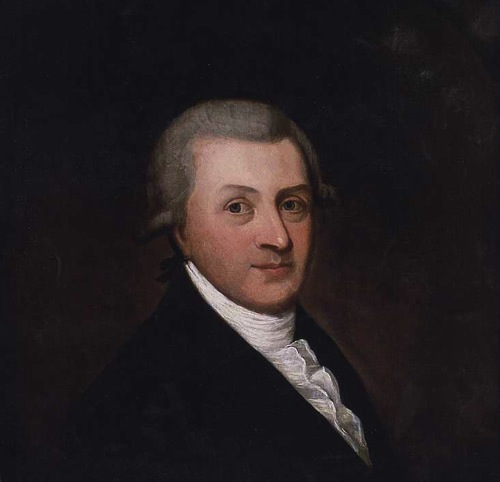Drinking Guinness in Ireland
Like all things that evoke undue passion and loyalty, the beer industry boasts more than its fair share of issues up for constant debate. Some beer myths have been soundly debunked, while others persist. And perhaps one of the most common questions remains: Does Guinness really taste better when consumed in Ireland versus anywhere else in the world?
We’ll get to that in a moment.
But first let us reflect on the value of that famed stout, as a beer, an institution, and an experience. Founded in 1795 when Arthur Guinness signed a 9,000-year lease (for 45 pounds per annum) at an unused brewery at Dublin’s St. James Gate, Guinness has become one of the most popular beers in the world, brewed in almost 60 countries and available in more than 120. Though it’s easily the most-consumed alcoholic beverage in Ireland, Guinness is more than just an Irish drinking institution. It has been a lifeblood industry for both its host city and the country, responsible for laying more than 13,000 train tracks to distribute the beer and employing countless generations of Irish. Hell, the brewery even created the equally institutional Guinness Book of World Records,—the end result of when the brewery’s marketing director got into a conversation about what was the world’s fastest game bird.

Arthur Guinness
You can best grasp Guinness’ bona fide personality by visiting its Dublin headquarters. Unlike most brewery tours, which typically parade tourists down the assembly lines with the requisite education on how beer is made, and how that brewery differs from all the rest, going to the Guinness brewery is a decidedly surreal experience.
First off, the Guinness HQ is not where the beer is made. It had been made there for centuries, but in 1988, manufacturing was moved to adjacent warehouses, and they rebuilt the old space into a massive machine of a visitor’s center. Walk in, and you feel as if you’re entering an amusement park, some sort of stout-centric Disney World, rather than a brewery. Welcome signs greet you in a dozen languages, and the admission lines are cordoned off in a maze of ropes, crowd control for the more than 5,000 visitors that come each day during the peak travel season.
Grab an audio tour and start taking in the exhibits, which include detailed portrayals of the brewery’s history, a survey on how the beer is crafted, a massive water feature, and a world map indicating where the various beer types are most popular. Motion-activated monitors play short movies with actors that narrate interesting facts about Arthur’s life (like the fact he had 22 children, all with the same woman). Special classes teach you how to pour the perfect pint. A sensory “tasting” experience takes place in an all-white room, followed by sipping tasters in what feels like a British study from the turn of the century. You can dine at one of several restaurants, or head into the Connoisseur’s Room to sample all the other Guinness beers they make beyond the traditional stout. You can even pose in front of a massive figure to make it look as if you’re staring in one of Guinness’ iconic 1950s advertisements. The path winds through each of the facility’s seven floors while rotating around what’s accurately described as the world’s biggest pint glass, which stands at the center of the structure.
It all ends in triumph at the Gravity Bar, a glass-wall pub on the seventh floor with thumping dance music, unfettered panoramic views of Dublin, and loads of pints on hand; you get one free pint with your entry fee, but the rest will cost you. And you will have more than one as you pause and drink in the view.
-

-

-

-

-

-

-

-

-

-

-

-

-

-

-

-

-

-

-

-

-

-

-

-

-

-

-

-

-

-

-

-

-

-

-

-

-

-

-

-








































